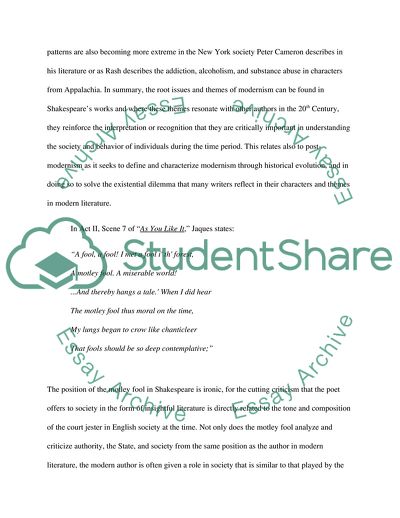Cite this document
(Lost in a Modern World Case Study Example | Topics and Well Written Essays - 2250 words - 1, n.d.)
Lost in a Modern World Case Study Example | Topics and Well Written Essays - 2250 words - 1. Retrieved from https://studentshare.org/literature/1751931-lost-in-a-mordern-world
Lost in a Modern World Case Study Example | Topics and Well Written Essays - 2250 words - 1. Retrieved from https://studentshare.org/literature/1751931-lost-in-a-mordern-world
(Lost in a Modern World Case Study Example | Topics and Well Written Essays - 2250 Words - 1)
Lost in a Modern World Case Study Example | Topics and Well Written Essays - 2250 Words - 1. https://studentshare.org/literature/1751931-lost-in-a-mordern-world.
Lost in a Modern World Case Study Example | Topics and Well Written Essays - 2250 Words - 1. https://studentshare.org/literature/1751931-lost-in-a-mordern-world.
“Lost in a Modern World Case Study Example | Topics and Well Written Essays - 2250 Words - 1”. https://studentshare.org/literature/1751931-lost-in-a-mordern-world.


